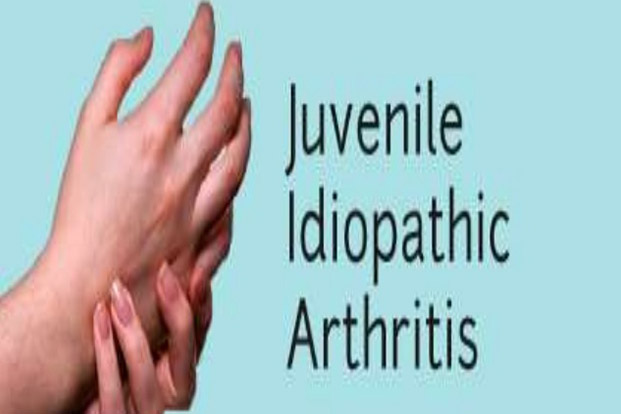Juvenile Idiopathic Arthritis (JIA)
Apr 19, 2022
Juvenile idiopathic arthritis was previously known as juvenile rheumatoid arthritis (JRA). It is a persistent, autoimmune, most common form of arthritis in children and adolescents with onset before age 16 lasting for more than 6 weeks. It is more common in females. Idiopathic refers to a condition with no defined cause. Juvenile idiopathic arthritis causes inflamed, swollen joints and in severe cases, eye inflammation (uveitis) which can lead to cataracts, glaucoma and even blindness. The joints commonly involved are knee, hand/wrist, ankle, hip and cervical spine. Early onset denotes onset before teens while late onset denotes onset during teens or later.
Juvenile idiopathic arthritis affects children:
JIA is a type of arthritis seen in children, which may be either transient and self-limited or chronic. It is significantly different from arthritis commonly seen in adults like osteoarthritis, rheumatoid arthritis and other types of arthritis that can present in childhood which are chronic conditions like psoriatic arthritis and ankylosing spondylitis.
It is an autoimmune disorder. The disease commonly occurs in children from the ages of 7 to 12, but can also occur in adolescents as old as 15 years of age, as well as in infants. JIA affects approx. 1 in 1,000 children in any given year, with about 1 in 10,000 having a more severe form. 50% patients symptoms resolve without sequelae.25% are slightly disabled.25% have crippling arthritis or blindness. Best prognosis is for pauciarticular > polyarticular > systemic

Types of Juvenile idiopathic arthritis:
It is of four major types
- Oligoarticular-most common, mild, affects one to four joints,involves large joints and is symmetrical
- Polytarticular-affects five or more joints, involves small joints and is asymmetrical.
- Systemic-most severe form ,can also affect organs.includes still’s disease.
- Spondyloarthropathy- affects tendons and ligaments as well as the spine
Signs and symptoms of Juvenile idiopathic arthritis:
The common symptoms are morning stiffness and joint pain, visual changes and fever. It can also present with one of the following -rash, presence of RF, iridocyclitis, C-spine involvement, pericarditis, tenosynovitis. The X-ray is often normal at presentation but when progressive shows late osteopenia and joint destruction.
The nonoperative treatments are immunomodulating drugs (DMARDs),high dose aspirin,salicylates ,intraarticular steroids and frequent ophthalmologic exams.
The operative treatments are synovectomy, epiphysiodesis , corrective osteotomies ,arthrodesis and arthroplasty.
Consult your orthopedician to know your options .





